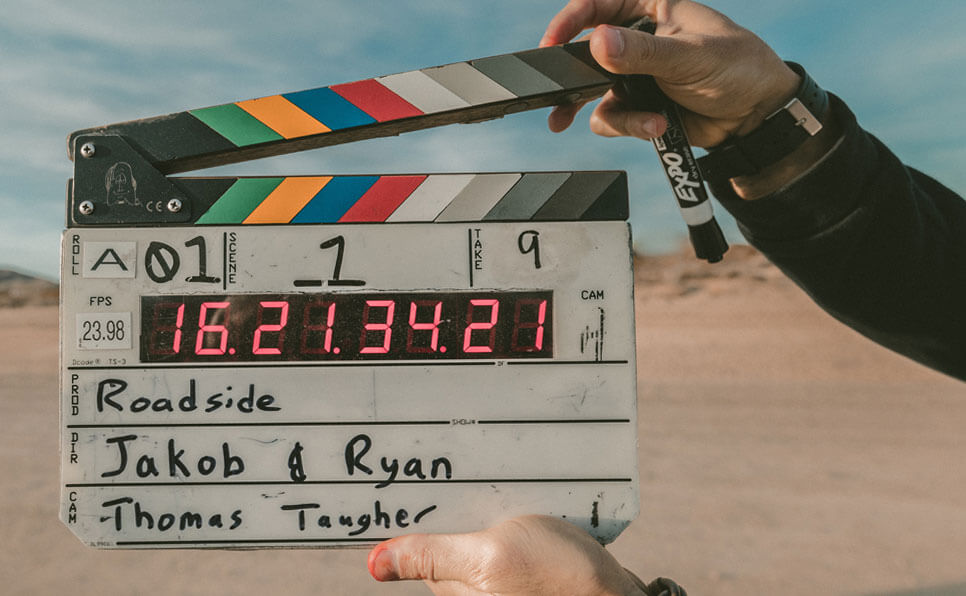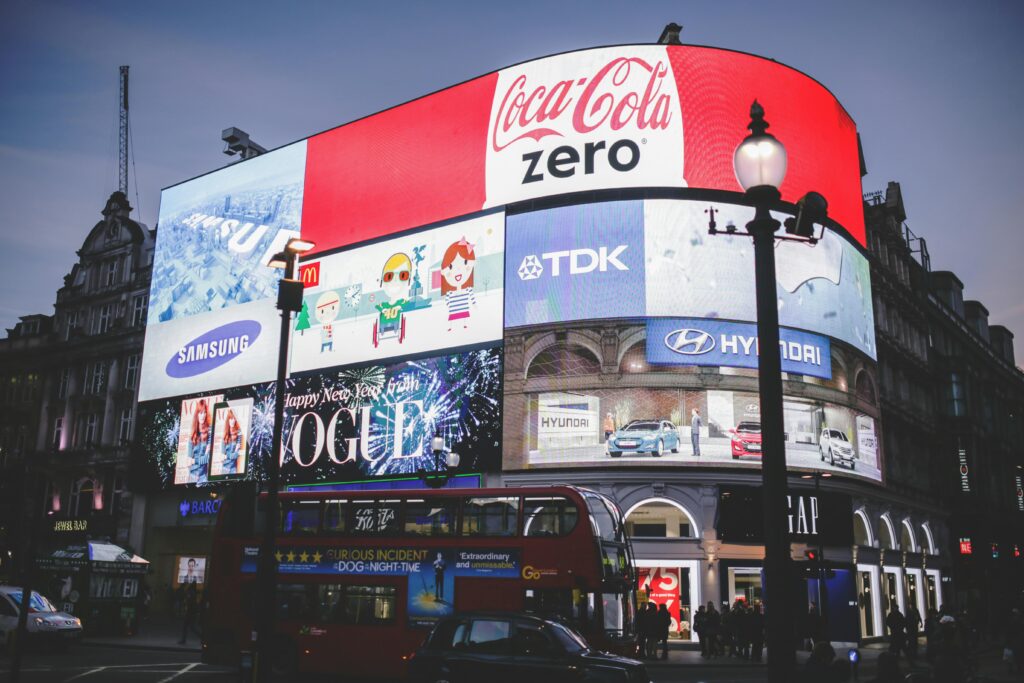Artificial intelligence (AI) is no longer confined to tech labs and sci-fi movies—it’s now walking the runway. In recent years, AI has been transforming the fashion industry from the inside out, impacting everything from how designers create collections to how consumers shop online. With AI-powered tools for personalized styling, virtual try-ons, and trend forecasting, brands are rewriting the rules of fashion.
Personalized Styling: Fashion Tailored to You
Gone are the days when personalization in fashion meant monogrammed initials. Today, AI allows brands to deliver hyper-personalized shopping experiences based on a user’s behavior, body type, and style preferences. Retail giants like Stitch Fix, Zalando, and Amazon Fashion use machine learning algorithms to recommend outfits tailored to individual customers.
These AI systems analyze customer data—such as purchase history, browsing behavior, and user feedback—to build detailed style profiles. Based on this, they recommend items that not only fit well but also align with a customer’s unique fashion sense. This approach increases customer satisfaction while reducing return rates, which is a win-win for both shoppers and retailers.
Virtual Try-Ons: Try Before You Buy (Digitally)
One of the most revolutionary applications of AI in fashion retail is virtual try-on technology. Powered by augmented reality (AR) and computer vision, this technology allows customers to see how clothes, accessories, and even makeup will look on them without stepping into a fitting room.
Brands like Warby Parker, Gucci, and Nike have embraced virtual try-ons on their apps and websites. Using a smartphone camera or webcam, customers can “try on” glasses, shoes, or jackets in real time. These tools are not only convenient but also significantly reduce the uncertainty that comes with online shopping.
As AI models become more advanced, they can now consider body shape, lighting conditions, and even fabric movement to make digital fittings more realistic. Some retailers are also integrating 3D body scanning to create custom-fit garments based on a user’s digital avatar.
Trend Forecasting: Predicting What’s Next
Fashion has always been about staying ahead of the curve—but predicting trends used to rely heavily on intuition and manual analysis. Now, AI is bringing data science into the mix.
AI-powered trend forecasting tools analyze vast amounts of data from social media, fashion blogs, search engines, and online shopping platforms to identify emerging patterns. For example, platforms like Heuritech and EDITED use natural language processing and image recognition to scan millions of Instagram posts, runway images, and ecommerce listings.
This data-driven insight enables designers and retailers to make informed decisions about what styles, colors, and fabrics are likely to be popular in upcoming seasons. It reduces the risk of overproduction, supports sustainable practices, and ensures that brands stay relevant in an ever-changing market.
AI-Generated Fashion Design
AI is not just supporting designers—it’s becoming one. Generative AI models can now create original clothing designs based on input parameters like mood, occasion, or aesthetic theme. Brands like IBM and Tommy Hilfiger have collaborated on AI-powered design tools that assist creatives in crafting new collections.
These AI systems are trained on thousands of existing designs, learning the nuances of silhouette, texture, and detail. They can then suggest novel combinations or even generate complete looks. While human designers still hold the creative reins, AI serves as a powerful co-pilot that enhances innovation and speeds up the design process.
Challenges and Ethical Considerations
While AI brings enormous benefits to fashion, it also raises important questions about privacy, bias, and creative ownership. Consumers are rightly concerned about how their personal data is used. Meanwhile, designers question whether AI-generated fashion dilutes originality.
To address these issues, brands must prioritize transparency and build AI systems that are inclusive and respectful of human creativity. The goal is not to replace designers or stylists but to empower them with smarter tools.
The Future of AI in Fashion
As technology evolves, the integration of AI in fashion will only deepen. We can expect more immersive shopping experiences, intelligent inventory systems, and even AI fashion influencers that shape consumer choices. In an industry that thrives on reinvention, AI offers an exciting frontier of possibilities.
Fashion is, at its core, a form of self-expression. With AI in the mix, that expression becomes smarter, more personalized, and more accessible. Whether you’re a designer, a retailer, or just someone who loves to shop, the fusion of fashion and artificial intelligence is redefining the runway—and it’s only just beginning.



